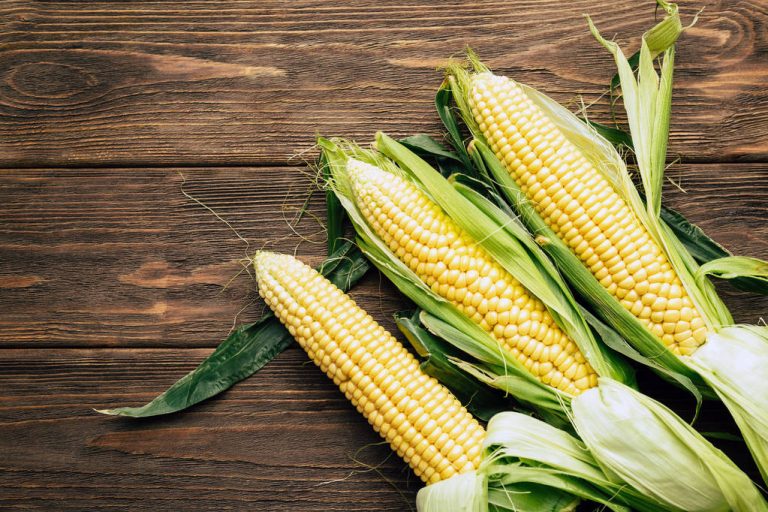You may be familiar with cornstarch as the main ingredient in custard powder. But the tasteless white powder can do much more than just thicken the pudding. You can find out more here.
What is cornstarch?
Cornstarch is a white powder that is also commonly sold under the name cornstarch. As the name suggests, corn starch can be obtained from corn cobs. To do this, the corn is first placed in a saline solution for several days. It is then finely ground and the cornmeal is passed through a silk fabric. This allows the bran and other flour components to be filtered out. Starch is not soluble in water, so over time it settles to the bottom of the remaining starch-water mixture. The excess water is then drained off and the starch dried.
Cornstarch is just one of many forms of starch. Starch powder can be obtained from all plants with a high proportion of starch. In addition to corn starch, potato, wheat and rice starch are widely used. All are tasteless white powders that are similar to use.
The only difference between the different forms of starch is their composition. Starch is a mixture of two carbohydrates, amylopectin and amylose. Corn starch is characterized by a comparatively high amylose content of 27 percent. Amylose is less able to bind and hold water than amylopectin. Because of this, pastries made with cornstarch tend to stale faster than those made with tapioca or potato starch.
How to use cornstarch in the kitchen
You can use cornstarch in a variety of ways in the kitchen. Puddings and creams can be made with cornstarch, since starch forms a firm gel after cooling. Supermarket custard powders typically consist of cornstarch mixed with sugar, salt, and flavorings. You can also easily make your own pudding at home by thickening gently simmering milk with cornstarch and seasoning to your liking. In the refrigerator, the thick sauce then thickens into a firm pudding.
But cornstarch is not only suitable for desserts: You can also use it to thicken sauces. To do this, mix the corn starch with a little water and then stir the starch water into the gently simmering sauce. Always make sure to add the starch gradually. If you stir in too much cornstarch, your sauce will take on a pasty and gummy consistency.
Cornstarch keeps dumplings in shape and protects them from drying out
Corn starch is also suitable as a binding agent for dumplings and meatballs. The starch binds water and holds the dumpling mass together. The starch molecules in the cooking water or frying fat then gelatinize and form a protective layer through which water can only escape with difficulty. This keeps the dumplings and meatballs juicy and fluffy.
In Asian cuisine, sliced meat is marinated with starch in almost every dish. Sliced meat is usually gently pre-cooked or fried in hot oil before frying. As a result, the starch on the surface of the meat becomes gelatinous and the meat remains juicy when it is subsequently fried with the remaining ingredients. Tofu can also be turned in starch before frying so that it becomes particularly crispy.
You can easily replace cornstarch with any other cornstarch. If you are looking for a different binding agent, you can find out in our article on cornstarch substitutes which alternatives are available and how you can use them. The alternatives presented there include psyllium husk, locust bean gum, agar agar and guar gum.
Waste paper can be recycled with the help of cornstarch
Corn starch is also an important raw material for the production of paper and cardboard. Paper contains about 0.15 percent starch. Starch is used as a filler in paper production: it must always be added when working with waste paper. As more and more waste paper is processed, the demand for corn starch continues to rise.

